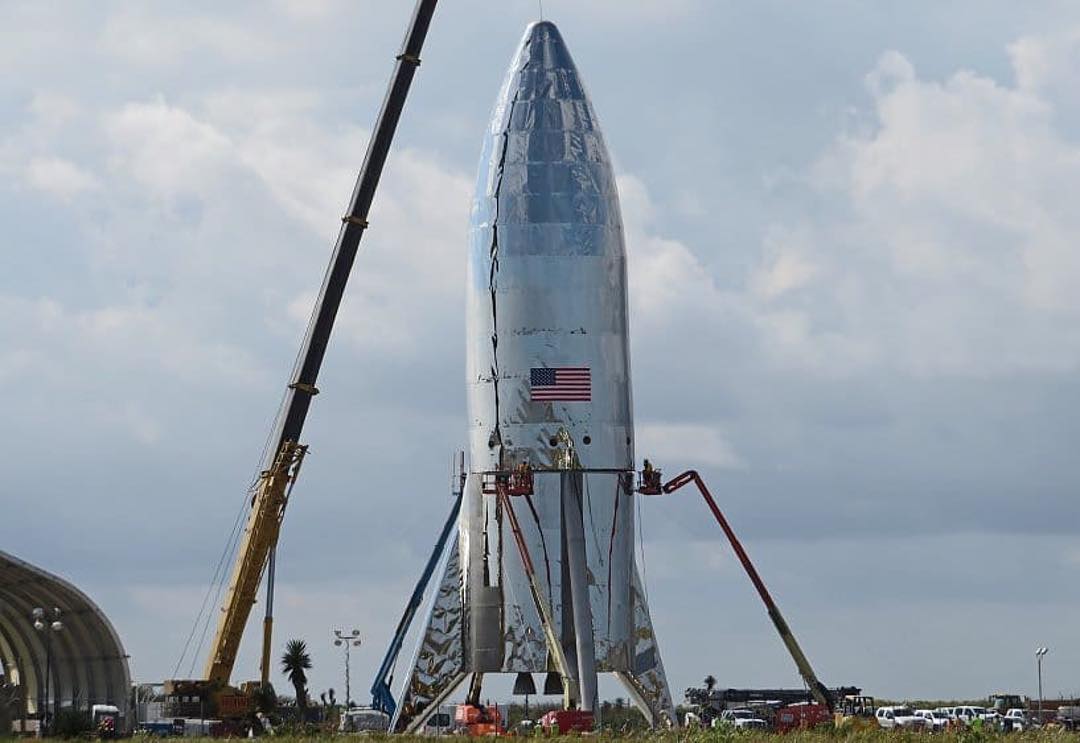
The Starship rocket prototype of SpaceX has experienced a major failure while undergoing pressurization testing on Wednesday.
A video uploaded on social media showed how the top part of the SpaceX Starship rocket prototype blew up during the pressurization testing. As a result of the rupture, cryogenic propellants that were being loaded dispersed across the facility in Boca Chica, Texas.
SpaceX is promoting Starship as an all-purpose transportation system of the future that will be used to transport people and cargo off Earth and to destinations around the world. Prior to the incident, the Mk-1 prototype was scheduled to start test flights to an altitude of 20 kilometers in the coming weeks.
In response to the incident, SpaceX chief executive officer (CEO) Elon Musk said the test flights will no longer happen and the ship would be retired. In a tweet, Musk wrote: "[Mk-1] had some value as a manufacturing pathfinder, but flight design is quite different."
SpaceX also released statement saying: "The purpose of today's test was to pressurise systems to the max, so the outcome was not completely unexpected."
Musk has also regularly released updates on his plans for Starship and in September, he mentioned that the Mk-3 vehicle, which was also capable of going into orbit, could be built much faster than the Mk-1.
Similar to SpaceX Falcon-9 rockets, the Starship is designed to be reusable and is actually more reusable. In the case of the Falcon-9, only the lower booster comes back to Earth after a flight while with the Starship, both the upper stage and lower booster called Super Heavy, will make a controlled landing following a mission.
The National Aeronautics and Space Administration (NASA) is currently looking at Starship primarily as a potential freighter to deliver cargo to the lunar surface. Despite a number of hardware failures in the recent past, SpaceX is not afraid of these mishaps and believes in a rapid process of "build, test and iterate".






